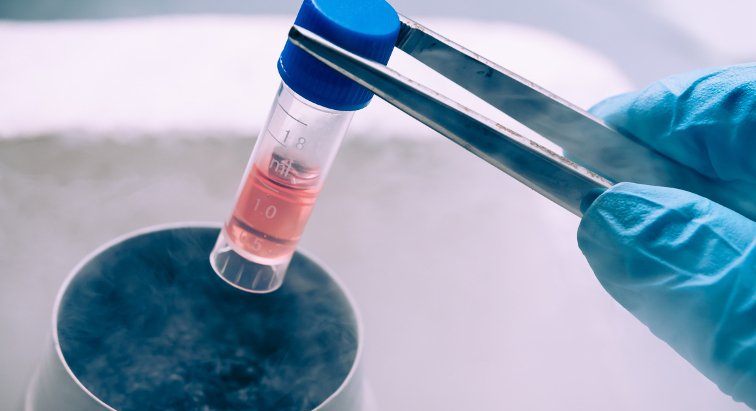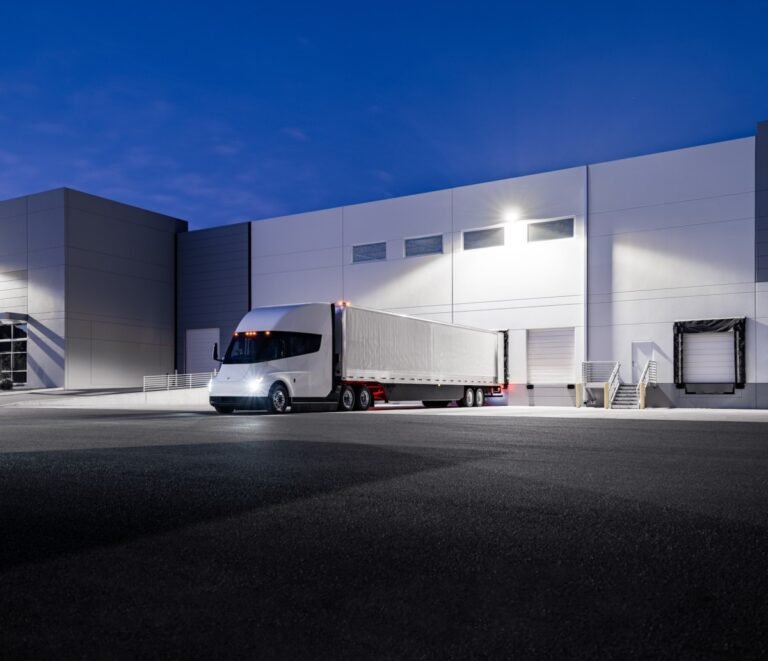
The funding, which would go to Rocket Lab subsidiary SolAero Technologies, would help increase the company’s compound semiconductor production by 50% within the next three years.
The funding would help the company build out its Albuquerque-based facilities and create more than 100 direct manufacturing jobs, Rocket Lab said in a statement.
Rocket Lab acquired SolAero, which operates a ~115,000-square-foot manufacturing facility, in 2022 for $80 million.
The company is one of just two in the United States that specializes in the production of space-grade, radiation-resistant compound semiconductors, or space-grade solar cells.
SolAero is highly vertically integrated: In addition to the solar cells, the firm also manufactures solar panels and power modules.

Two years ago, Prolific Machines unveiled its technology for a unique manufacturing approach to grow cells for industries, including cultivated meat.
In addition, cell growth is hard to optimize because it’s not in a format that machines can understand.
“For the last few decades, the way that we’ve been controlling cells is with molecules,” Kent said.
We add these molecules into the bioreactors and hope for the best.”Prolific Machines’ protein manufacturing bioreactor (Image credit: Prolific Machines) Image Credits: Prolific Machines /Prolific Machines believes it has a way of transitioning away from these molecules to something better: light.
It includes convertible notes and brings Prolific Machines’ total funding to date to $86.5 million.

While these systems have soft forms, however, many of their components are still rigid like their more traditional counterparts.
Researchers are working to bring flexible elements to create locomotion for these soft robots.
Researchers at the school are using live muscle tissue in tandem with synthetic robot parts for a classification of robots known as “biohybrid.”MIT Professor of Engineering Ritu Raman confirmed the process with TechCrunch, noting, “We build the muscle tissues from mouse cells, and then we put the muscle tissues on our robot’s skeleton.
Biological muscle tissue can be difficult to work with and generally unpredictable.
The flexures still needed to be tweaked to the specifications of the robot, ultimately opting for structures with 1/100th the stiffness of the muscle tissue.

However, harvesting stem cells is a controversial process, since a major method involves harvesting during pregnancy.
To date, most stem cells are harvested from adult stem cells or post-termination foetal tissue.
Cellcolabs will specialize in Mesenchymal stem cells (MSCs), which are scarce and expensive.
In an interview with TechCrunch, Bernow said, “The promise of stem cells or what it holds, is really mind boggling.
“We’ve built this facility, which we believe is one of the world’s largest facilities, solely dedicated for production of this kind of stem cell.

Japan’s first lunar lander has officially powered down on the moon after its solar cells were unable to generate electricity, though the nation’s space agency said there is a possibility of turning things around when the direction of the sun’s rays change.
Japan made history last week when its lander, called Smart Lander for Investigating Moon (SLIM), successfully touched down on the moon’s surface last week.
Shortly after landing, directors of the mission explained that while the soft landing was a minimal success, the spacecraft’s solar cells were not generating power.
“According to the telemetry data, SLIM’s solar cells are facing west,” the Japan Aerospace Exploration Agency (JAXA) said in the update.
Japan can count a handful of other major wins in the mission, even if the solar cells never manage to charge up sufficiently for a recovery operation.

Japan’s long-planned Smart Lander for Investigating Moon has successfully touched down on the lunar surface, making the nation the fifth in history to do so.
But all is not well for SLIM, which may have a limited lease on life due to trouble with its solar cells.
In a press conference following the early-morning (local time) landing on the Moon, the directors of JAXA and the mission explained that “The soft landing was itself successful; SLIM has been communicating and it receiving commands.
However, as the other sensors are working correctly and showing healthy values, they feel confident it is limited to the solar cells themselves.
The initial press conference was primarily to announce the initial success of a soft landing and functioning lunar lander.

International Battery Company, a startup developing lithium-ion battery cells for electric vehicles, has raised $35 million as it plans to bridge the demand-supply gap in the growing EV market in India.
International Battery Company touts to address these issues and fulfill both the current and projected demand of EV batteries in the country with its in-house Li-ion battery cells.
So, we want to participate in that journey in India,” Priyadarshi Panda, founder and CEO of International Battery Company, told TechCrunch in an interview.
“We are proactively preparing for the execution of building the gigafactory in India, which we will do with the additional fundraising.”Distinctive edgeNotably, International Battery Company is not alone in building Li-ion battery facilities in India.
“The [International Battery Company] founders, and the way they have approached so far is just very different from a lot of others.

Microsoft is reportedly working on a project that involves using stem cells to create biocomputers. This would allow these machines to be smarter and more energy efficient than what we…

This development shows the commitment Honda has to fuel cells and its role in the future of mobility. The Clarity was their only hydrogen-powered car in the U.S., but they…

Tesla’s decision to expand its gigafactory in Nevada comes as the company continues to see a high demand for its electric cars and trucks. Tesla has experienced great success with…













